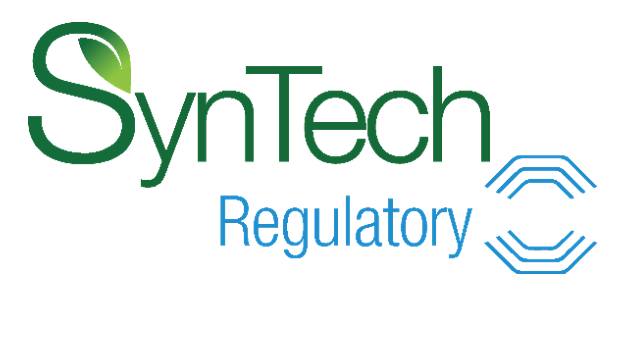Africa Report: North Africa
North Africa’s population is booming. It is also an arid zone and prone to drought. Morocco bore the brunt of a rain deficit in the past year, and poor harvests are widely predicted as a result.
“Water is definitely the issue … Wheat production will be reduced by 50% this year in Morocco,” says Philippe Cattan, DuPont Crop Protection business manager for Middle East and North Africa. Wheat is the country’s largest crop, followed by olives, tomatoes, barley and a variety of other fruits and vegetables. With 40% of the population employed in agriculture, a bad year for agriculture means the entire economy suffers.
Exports from Morocco and Tunisia, particularly of fresh tomatoes, are also taking a hit as Europe’s economic crisis cuts into demand for fresh fruit and vegetables. Tomato prices are down at the same time, hurting farmers in the region, Cattan says.
Water availability and global economic problems aside, a sign of progress for trade came in February. European Parliament signed the European Union-Morocco agriculture deal, under which the EU will immediately lift its current duties on 55% of imports from Morocco. In turn, 70% of EU agricultural and fisheries products will be allowed to enter Morocco duty-free within a decade, with some exceptions.
Challenges facing the region’s crop protection markets are far from simple.
Addressing a recent workshop organized by the National Office for Food Safety (ONSSA) and FAO in Rabat recently, CropLife Morocco head Boubker El Ouilani said Morocco first and foremost must adopt a single framework to govern pesticides. “We must take into account the reality on the ground of inadequate infrastructure, lack of harmonization and coordination.” But he warned that “setting the bar too high could cripple the entire industry.”
Algeria “has huge potential – good land, plenty of water – but they lack skills, know-how and infrastructure for agriculture,” Cattan says.
Tunisia is primarily planting cereals and starting to expand its vegetables and produce crops, but the northernmost country on the continent represents a much smaller market for crop protection than either Morocco or Algeria, he adds.
CropLife’s Said Abdella reports that Egypt – which is chiefly a pesticide importer – benefits from robust infrastructure and strong distribution and retail networks for crop protection products, but technical and commercial training is “badly needed.” According to Abdella, Egypt’s pesticide registration framework is one of the best in the region, and is modeled after those of the EPA, WHO, FAO and EU. “However, it needs more explanation and stability in order to be fully understood and observed by candidate pesticide dealers and manufacturing companies.”
Registered pesticide products are unsubsidized, and are charged a 5% customs duty and sales tax. Formed last July by new Minister of Agriculture Salah El-Sayed Youssef, Egypt’s Agricultural Pesticide Committee is charged with independently evaluating the efficacy, safety and performance of pesticides.
Threats to Egypt’s crop protection industry include “the invasion of unknown products where their sources or contents are not clear,” Abdella says, noting that Egypt also suffers from underinvestment in local industry and research and development, as well as shortages of equipment and the technical facilities and regulations to carry out quality control tests.






